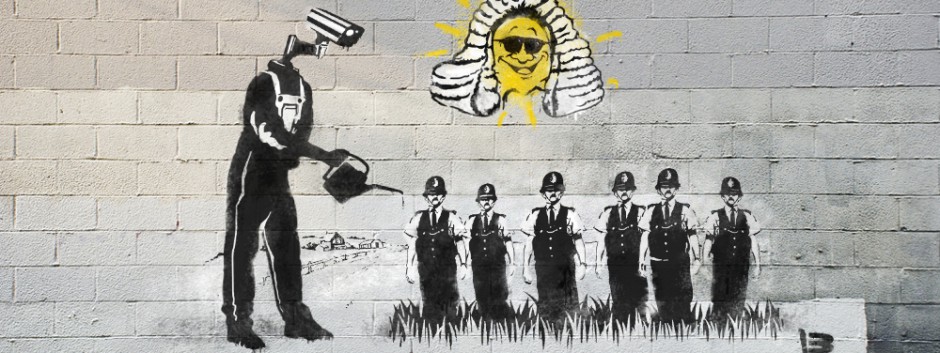“Cultures may be classified into three types: tool-using cultures, technocracies, and technopolies. At the present time, each type may be found somewhere on the planet, although the first is rapidly disappearing: we must travel to exotic places to find a tool-using culture. If we do, it is well to go armed with the knowledge that, until the seventeenth century, all cultures were tool-users. There was of course, considerable variation from one culture to another in the tools that were available. Some had only spears and cooking utensils. Some had water mills and coal and horsepower. But the main characteristic of all tool using cultures is that their tools were largely invented to do two things: to solve specific and urgent problems of physical life such as in the use of the waterpower, windmills, and the heavy wheeled plow; or to serve the symbolic world of at, politics, myth, ritual, and religion, as in the construction of castles and cathedrals and the development of the mechanical clock. In either case, tools did not attack (or, more precisely, were not intended to attack) the dignity and integrity of the culture into which they were introduced” (Postman 22-23).
Postman informs readers of different types of cultures that include tool-using cultures, those that rely on basic tools for survival. A culture that practices technocracy is a system or organization where decision makers are chosen based on their technological knowledge and technopolies are cultures that give up their beliefs for the use of technology. Any of these methods of cultures can be found in parts of the world according to Postman but the initial culture of using tools is gradually going into extinction as it was once the dominant culture of the world. Every culture may not have necessarily used the same tools but they shared the common goal of solving problems and producing newer forms of culture such as art, religion, and politics.
This specific passage made me think about the civilizations that only could rely on hunting and gathering before technology even became a word. Hunting and gathering in this specific culture was humanity’s first and most successful adaptation of living. Hunting and gathering included hunting for animals to eat and gathering was a means of collecting fruits, nuts and plants to also be used for consumption. This technique of culture was introduced by nomads who traveled from place to place. As time passed, people began to permanently settle on land and that called for reconstruction of the original way of life. Governments and hierarchy began to accumulate, inventions came to life, and population increased paving the way for technological advances to the forefront of culture and society.
This passage shows me that technology is not only rapidly increasing but it will never cease control over humanity and its a bit sad to say but its true. Technology plays such a major role in people’s daily lives that people fail to take a step back sometimes. I once read that studies show while digital media continues to increase, people’s attention span diminishes. That’s not a good thing and I wish people would just take a second to stop and look at their surroundings because most of the time people are glued to their electronic devices. Technology has brought about laziness, competition and money just to keep up with the world today. Don’t get me wrong its not all bad, but at what point do say its time to take a break? Technological advances has definitely helped shape cultures today but it has its downside as well.



